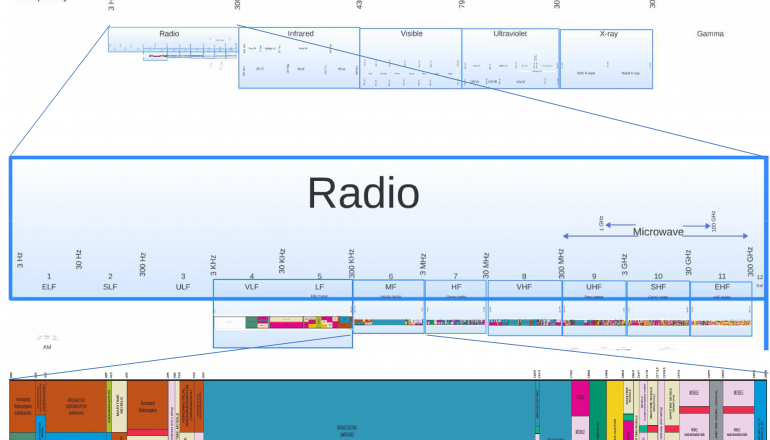5G: A Revolution in Networking
A couple of weeks ago I went to the ATIS 5G Symposium in Chicago held in conjunction with the Light Reading Big Telecom Event. ATIS is the chief organization of…
Presenting the Technical Facts – High-Band vs. Low-Band Spectrum Deployment in Today’s Spectrum-Constrained Environment
It’s said so often that many have accepted it as a truism: “Low-band spectrum is inherently superior. High-band is inferior, undesirable and expensive.” This is one of things that everybody…
Unfit to Print
Spectrum policy is one of the most difficult policy issues that Congress has to deal with, and for that reason the Communications Act of 1934 established the FCC as a…
Low Versus High Radio Spectrum
Lower frequencies do offer advantages, but my view is that these advantages are often overstated. Most usage of mobile broadband networks will occur within higher population densities in which networks will have to be designed for capacity rather than coverage. In these scenarios, low and high frequencies offer almost equivalent performance.
Reports from NAB and CTIA Address Efficient Use of Spectrum
Recent contributions to the mobile broadband spectrum debate are reports from NAB and CTIA. Before reading them I envisioned writing a “dueling reports” piece, but they mostly complement each other….
Stanford-developed Transceiver Operates Full Duplex on a Single Channel, Reduces Network Bottlenecks
To avoid interference, wireless transceivers can switch between transmit and receive on one frequency (Time Division Duplex (TDD)). Or, they can transmit and receive at the same time on different…
Voice and LTE
Back when LTE first got started, all IP networks were all the rage in the cellular industry. People envisioned that all voice services would be provided over the IP network….
Wi-Fi on Crutches
The FCC recently announced that this month (September 2010) it will address the next step in its plans for unlicensed use of the TV whitespace (the portions of the TV…






